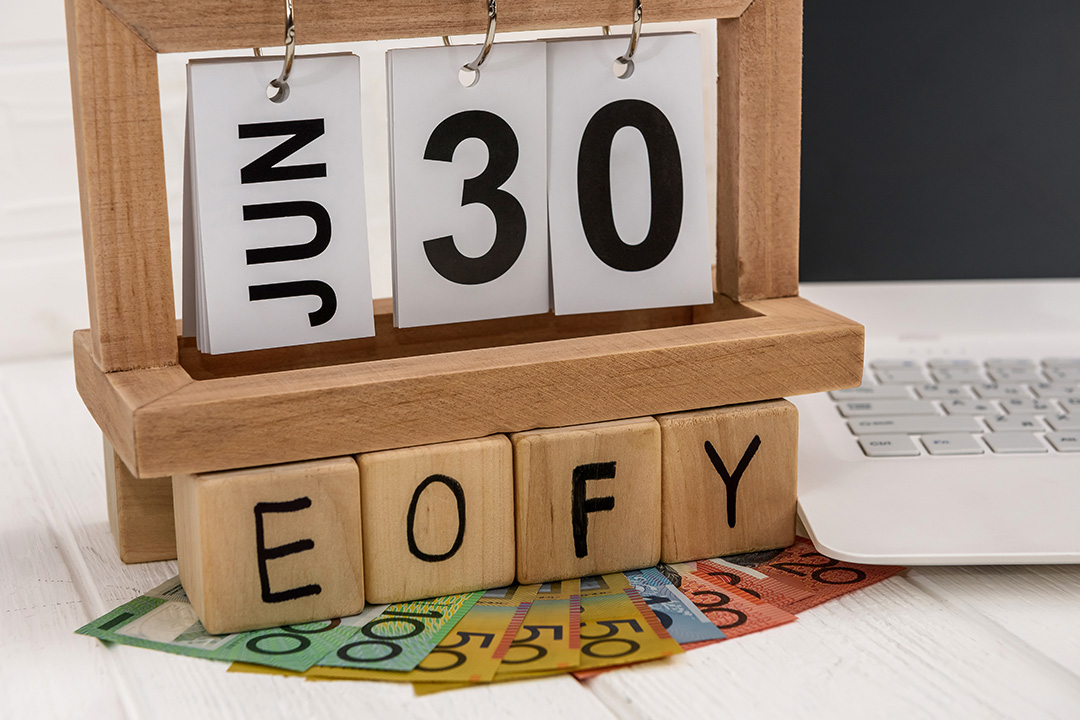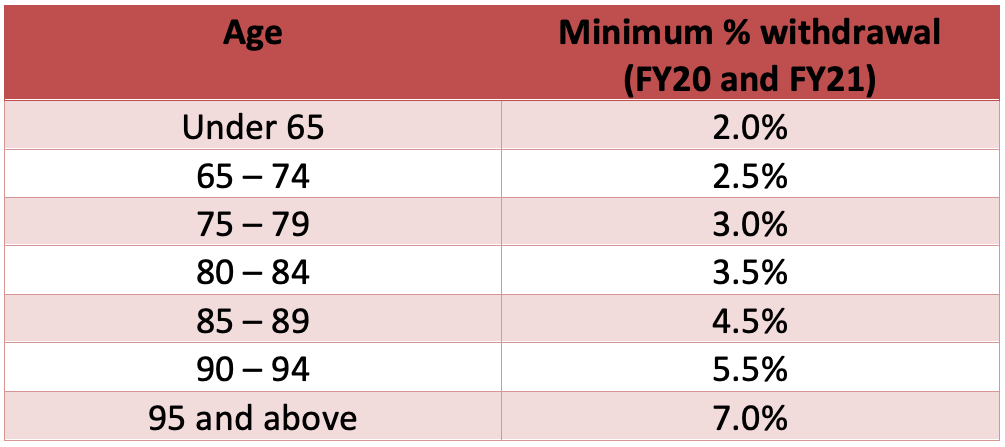

Like most things financial, the super system works on a financial year basis. With the end of the financial year (30 June) just around the corner, here are 5 actions you can take to make sure you are getting the most out of the system.
1. Can you claim a tax deduction by making additional contributions to super?
There are two caps that limit how much you can contribute into super. A cap on concessional (or pre-tax) contributions of $25,000, and a cap on non-concessional (or post tax) contributions of $100,000.
Concessional contributions include your employer’s compulsory super guarantee contribution of 9.5% and any salary sacrifice contributions you elect to make. They are called “concessional” contributions because they are a tax-deductible expense for your employer.
There is also a third form of concessional contribution which is a personal contribution you make and claim a tax deduction for. Previously, this was only available to the self-employed under what was known as the ‘10% rule’ (to qualify, no more than 10% of the person’s income could come in wages or salary from an employer). However, this rule has been scrapped so that anyone can potentially claim this tax deduction.
There are two important caveats. Firstly, you must be eligible to make a super contribution. If you are under 65, or aged between 65 and 74 and pass the work test, you will qualify (there are some particular rules for the under 18s). Secondly, you aren’t allowed to exceed the $25,000 cap on concessional contributions.
Let’s take an example. Tom is 45 and earning a gross salary of $100,000. His employer contributes $9,500 to his super, and he has elected to salary sacrifice a further $5,000. Potentially, prior to 30 June, Tom can contribute a further $10,500 to super and claim this amount as a tax deduction. He will do this when he completes his 19/20 tax return.
Tom will need to notify his super fund that this is a contribution he is claiming a tax deduction for. He does this by using a standard ATO form (https://www.ato.gov.au/uploadedFiles/Content/SPR/downloads/n71121-11-2014_js33406_w.pdf) or online with his super fund. Technically, he will have until the earlier of when he lodges his tax return or 30 June 2021 to do this.
If your total superannuation balance was less than $500,000 on 30 June 2019, you could potentially make additional contributions above the $25,000 concessional cap. Known as ‘carry forward concessional contributions’, you can carry forward the unused portion of your cap for up to 5 years. Designed to help persons with moderate super balances who leave the workforce, the scheme commenced on 1 July 2018. This is the first year a ‘catch-up’ contribution can be made.
2. Can you make additional post tax contributions to super?
Non-concessional contributions are personal super contributions made from your own after-tax monies. You don’t claim a tax deduction for these contributions, and they are capped at $100,000 each year. You must be under 65, or if aged between 65 and 74, meet the work test to qualify. And your total super balance (as at 1 July 2019) must also be less than $1,600,000.
If you are under age 65 (technically aged 64 or less at 1 July 2019), then you can access the “bring-forward rule” which allows you to make up to three-years’ worth of contributions or $300,000 in one go. A couple could potentially get $600,000 into super. Ability to access this is further limited by your total super balance (under $1.4m full amount; $1.4m to $1.5m $200,000; $1.5m to $1.6m $100,000).
3. Can you or a family member access the Government Co-Contribution?
There aren’t too many free handouts from Government. The government super co-contribution remains one of the few that is available – so it seems silly not to try to access it. If eligible, the Government will contribute up to $500 if a personal (non-concessional) super contribution of $1,000 is made.
The Government matches a personal contribution on a 50% basis. This means that for each dollar of personal contribution made, the Government makes a co-contribution of $0.50, up to an overall maximum contribution by the Government of $500.
To be eligible, there are 3 tests. The person’s taxable income must be under $38,564 (it starts to phase out from this level, cutting out completely at $53,564), they must be under 71 at the end of the year, and critically, at least 10% of their income must be earned from an employment source. Also, they can’t have exceeded the non-concessional cap or have a total super balance over $1.6 million.
While you may not qualify for the co-contribution, this can be a great way to boost a spouse’s super or even an adult child. For example, if your kids are university students and doing some part time work, you could potentially make a personal contribution of $1,000 on their behalf – and the Government will chip in $500!
4. Can you claim a tax offset for super contributions on behalf of your spouse?
If you have a spouse who earns less than $37,000 and you make a spouse super contribution of up to $3,000, you can claim a personal tax offset of 18% of the contribution, up to a maximum of $540.
The tax offset phases out when your spouse earns $40,000 or more. Effectively, your maximum rebatable contribution of $3,000 is reduced on a $ for $ basis for each $ of income that your spouse earns over $37,000. The offset is then 18% of the lesser of the actual super contribution or the reduced maximum rebatable contribution.
Your spouse’s income includes their assessable income, reportable fringe benefits and any reportable employer super contributions such as salary sacrifice. Similar to the rules for the co-contribution, you cannot claim the offset if your spouse exceeded their non-concessional cap or their total super balance was more than $1.6 million.
5. Pensions – have you paid enough?
If you have an account based super pension, the Government requires that you take at least the minimum payment, otherwise your fund will potentially be taxed at 15% on its investment earnings, rather than the special rate of 0% that applies to assets that are supporting the payment of a super pension.
The minimum payment is based on your age and calculated on the balance of your super assets at the start of the financial year (1 July). To assist retirees following the Covid-19 pandemic, the Government has reduced the minimum annual payment required by 50% in the 2019-20 and 2020-21 financial years. The factors to apply this year are shown below.

For example, if you were aged 66 on 1 July 2019 and had a balance of $1,000,000, your minimum payment is 2.5% of $1,000,000 or $25,000. You can take your pension at any time or in any amount(s), but your aggregate drawdown over the year must exceed the minimum amount. If you commenced a pension mid-year, the minimum amount is pro-rated according to the number of days remaining until the end of the financial year. Finally, don’t leave any actions to the last minute. While there is some flexibility around the allocation of contributions to member accounts, they must be received and banked by the super fund by 30 June. This year, 30 June falls on a Tuesday – so if you’re making a contribution, allow sufficient time for the monies to be processed and cleared. Most super funds say to allow at least two working days – so get your contributions in by Friday 26 June.